Don't Forget About Your Pets While Spring Cleaning
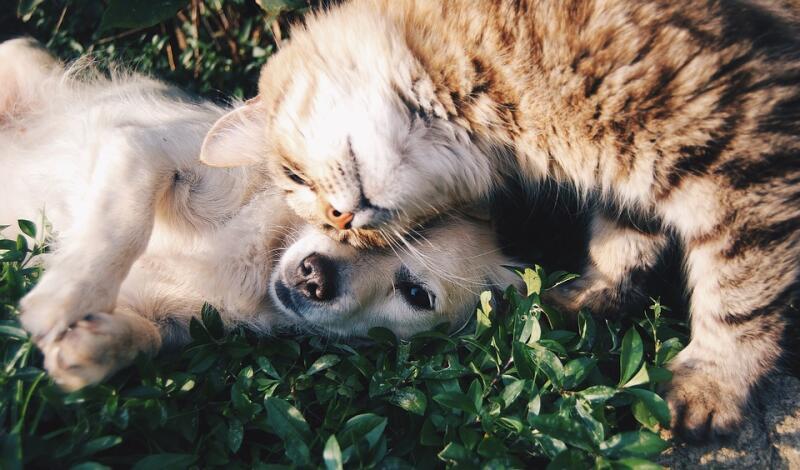
While you're cleaning everything else in your house this spring, you may or may not have thought to throw your cat or dog's bed into the washer. Even if you did, only cleaning your pet's bed once a year is asking for trouble. Start now and make a habit of regularly cleaning the following items.
Your Dog or Cat
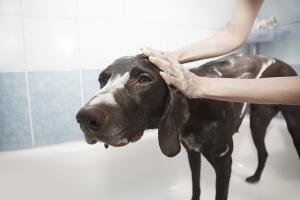

Dogs:
Bathing your dog once a month is recommended. However, check with your vet — especially if your dog has dry skin or is hypoallergenic (as their fur dirties at a faster rate).
Cats:
If you've never bathed your cat, don't start now. If you have a kitten and you want to be able to bathe it regularly (common and helpful for owners with allergies), start now to help acclimate it to baths. Check out Way of Cats' blog for more detailed information on bathing cats.
Both:
If your pet starts to smell in between a regularly scheduled bath, give it dry bath. There are numerous dry shampoos you can purchase, or follow this advice from Cesar's Way:
"Brush out his coat first to loosen dead hair, dirt, and debris. Wipe him down with a towel spritzed with a solution of half apple cider vinegar and half water. Follow up by sprinkling baking soda on him and rubbing it in, which will neutralize the smell of the vinegar. Let sit for a minute or two, then brush it off."
Beds and Bedding
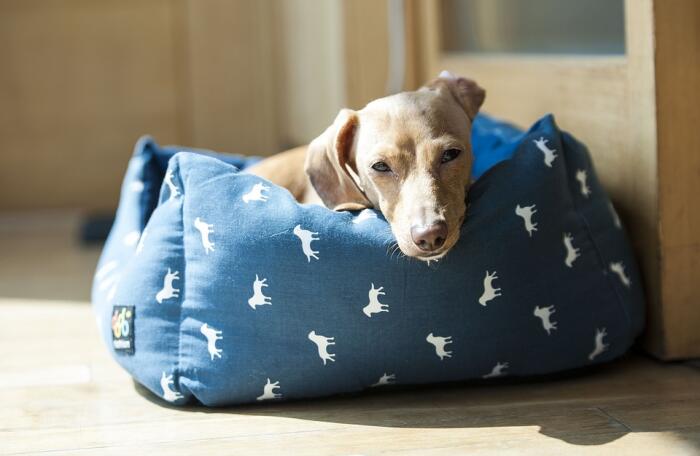
Your pet's bed or bedding should be washed regularly as it can become home to mites and fleas that you don't want to have around. Just like your bed sheets, it's recommended that you wash your pet's bedding once a week. If you don't know how long it's been since your pet's bed was washed, consider purchasing a new one and keep it on a cleaning schedule. Follow these steps for the best clean:
- Remove all visible hair with a vacuum or lint brush prior to washing. Do this throughout the week if your animal sheds a lot to help keep your house hair-free.
- Put bedding on a heat-free dryer cycle for 10 minutes to soften fabric and loosen stuck hair.
- Wash in as hot of water as possible (check the label) to help kill germs and pathogens. Use a mild, perfume-free detergent along with one half cup of vinegar or baking soda to help kill odors.
- Dry on heat recommended by label (the hotter the better for killing germs) with a pet-safe dryer sheet to pull off more hair and reduce static.
To help with regular washes, consider purchasing more than one set of bedding so you always have a clean set available.
Always replace your pet's bedding if it is torn or damaged. Dogs are especially prone to chew at already torn bedding.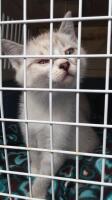
Crates and Carriers
Just like bedding, regularly used crates should be cleaned once a week with warm water and a mild soap. Clean carriers in the same way before and after use, and always replace crates and carriers if they are cracked or chipped.
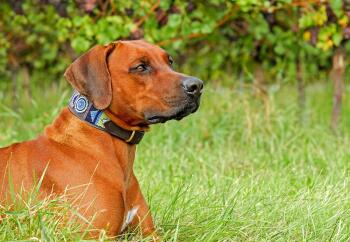 Collars, Harnesses, and Leashes
Collars, Harnesses, and Leashes
These should be cleaned as often as your animal gets a bath; but once at spring cleaning is better than never! Use hot water and your pet's shampoo, mild soap, or baking soda. Soak the item for a few minutes or scrub with a brush, and rinse thoroughly.
Toys
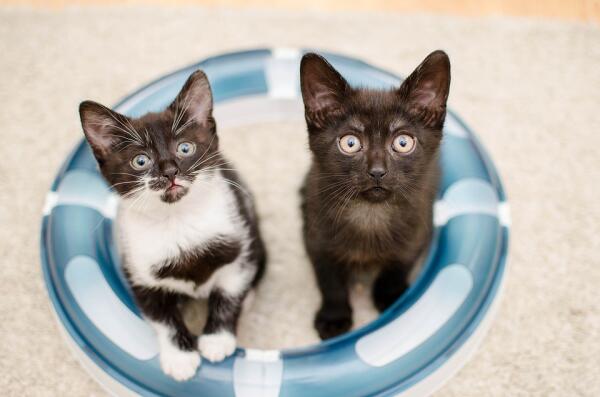
Toys should be cleaned when visibly dirty or smelly (once a month at a minimum). Wash soft toys in a garment bag with a mild detergent and dry in a pillowcase. Wash hard toys in the sink with a 50% water, 50% vinegar solution, or throw them in the dishwasher.
Food and Water Dishes
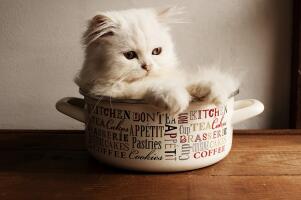
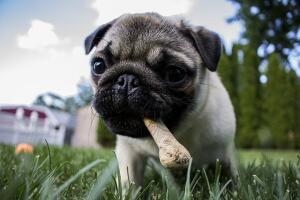
Just like you don't want to eat from a dirty bowl or drink from a dirty cup, your pet doesn't like to either. Try to wash free-standing bowls in the dishwasher daily. Water fountains should be washed weekly and replenished with fresh water.
Discard any food left after the date printed on the bag or box (even if it's been kept in a container). All pet foods can go bad and make your pet sick. If you store your pet's food or treats in something other than the bag or box it came in, make sure this is regularly washed. Don't continually place new food on top of old food (if the old food goes bad the bacteria can affect the new); instead use all the food in the container, wash it, then refill with new food.
Other Oft-Forgotten Areas to Think About
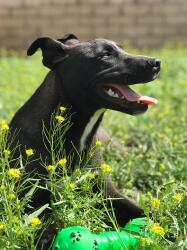
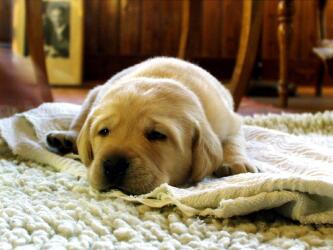
Carpet:
Use a vacuum with good suction to pull as much pet hair out of the carpet as possible.
If, and when, your pet decides to potty on the carpet, clean it up as soon as possible. The longer it's there, the more the smell will stay. Even if you can't smell it, if your pet can, it ill continue to use that spot as a potty place. Blot up as much as possible with paper towels and rinse with water. Follow up with an enzyme-based pet odor neutralizer.
Yard:
More grass equals less dirt and cleaner paws. So, if your yard is mostly dirt, lay down sod to help keep your pet's paws clean. It's also a good idea to keep an old towel just inside the door to wipe your pup's paws when coming back into the house.
Have outdoor toys available so your pet will play with the toy instead of digging. Keep the outdoor toys outside.
Make sure you keep potentially harmful yard items (insecticides, fertilizers, and pointy yard tools) out of your pet's reach.
Some spring plants are toxic for animals. Check out ASPCA's list to know what to watch out for.
For more tips, tricks, and spring cleaning ideas, see the rest of our Spring Cleaning Guide!
